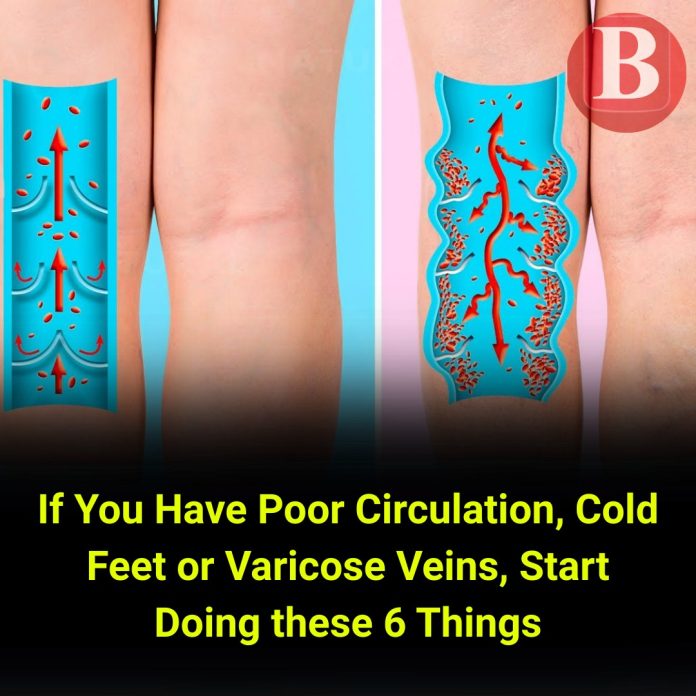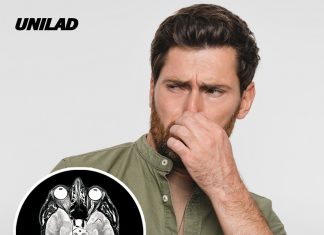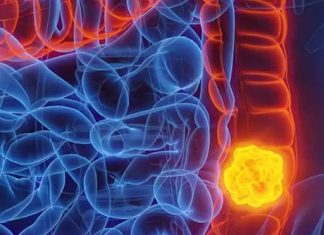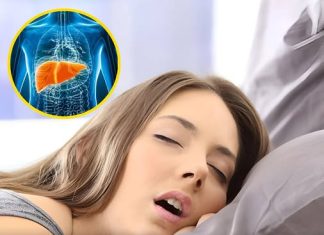Many people suffer from the discomfort and unsightly appearance of varicose veins and poor blood circulation, often without realizing that small lifestyle changes can make a big difference. Whether it’s swelling in the legs, a tingling sensation in your feet, or visible veins under the skin, these symptoms can significantly impact your daily comfort.
The good news? You don’t need expensive treatments to start feeling better. These six practical and natural strategies can help improve circulation and reduce the symptoms of varicose veins—no surgery or drastic interventions required.
1. Keep Moving – Even a Little Counts
One of the leading causes of poor circulation and varicose veins is prolonged sitting or standing. If you spend most of your day at a desk or on your feet, blood can pool in the lower extremities. Simple changes, like taking a short walk every hour, stretching your legs, or even rotating your ankles while sitting, can keep your blood flowing more freely.
- Tip: Try setting a timer to remind yourself to move every 60 minutes. A 5-minute stroll can go a long way in improving circulation.

2. Elevate Your Legs Daily
Raising your legs above heart level for 15–20 minutes each day helps gravity do its job by encouraging blood to flow back toward the heart. This can reduce swelling, discomfort, and pressure on the veins.
- Try this: Lie flat on a bed or sofa and place your legs up against the wall or rest them on a pillow.
3. Compression Socks Can Work Wonders
Compression garments—especially socks and stockings—are designed to apply gentle pressure to your legs, supporting the veins and encouraging blood to move upward. They are often recommended for those who sit or stand for long hours or for anyone prone to varicose veins.
These aren’t the old-fashioned, uncomfortable kinds either. Today’s compression wear is discreet, breathable, and available in a variety of styles.
4. Maintain a Healthy Weight
Carrying excess weight puts added pressure on your veins, especially those in the legs. By keeping your weight in a healthy range, you reduce the strain on your circulatory system and lower the risk of varicose veins worsening.
You don’t need extreme diets or intense workouts—small, consistent changes to your eating habits and activity levels are often enough.
5. Stay Hydrated and Eat Circulation-Friendly Foods
What you eat and drink affects your veins more than you might think. A diet rich in fiber, antioxidants, and anti-inflammatory foods can support vein health. Think leafy greens, citrus fruits, berries, garlic, and omega-3 rich fish.
- Bonus tip: Staying well-hydrated helps blood flow more easily, reducing the risk of clots and vein pressure.

6. Avoid Tight Clothing That Restricts Blood Flow
While fashion is important, so is comfort. Tight waistbands, belts, and skinny jeans can constrict blood vessels and hinder circulation. Opt for looser-fitting clothes that allow your body to move and breathe naturally.
Poor circulation and varicose veins aren’t just cosmetic concerns—they’re signs that your body needs a little extra care. Incorporating these six tips into your routine doesn’t require a drastic lifestyle overhaul, but they can lead to real, noticeable improvements.
By staying active, mindful of your posture, eating well, and giving your legs the attention they deserve, you’ll not only feel better but also support your long-term vascular health. Sometimes, it’s the small habits done consistently that make the biggest difference.

















